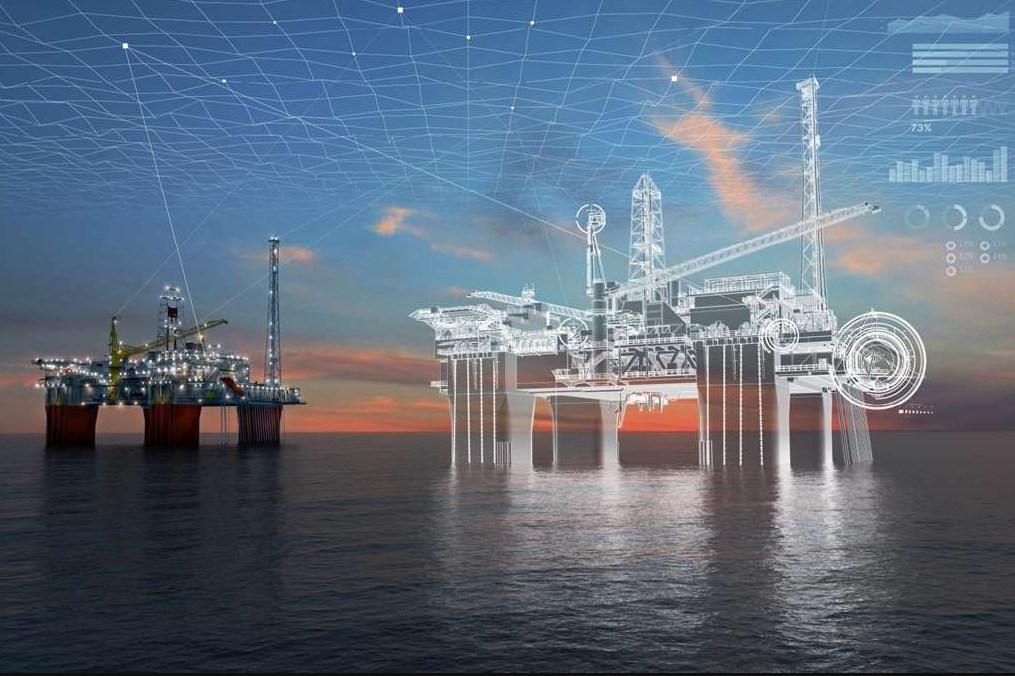The Digital Oilfield Transformation Changing Oilfield Operations

Geological Modelling and Reservoir Simulation: Enabling Improved Decision Making
Extracting maximum value from oil and gas reservoirs requires detailed understanding of the subsurface geology and fluid flow behaviour. Geological and reservoir modelling using advanced visualization and simulation software allows engineers to build high-fidelity digital twins of reservoirs. Utilizing available data from seismic surveys, drilling logs and production history, geological models identify key reservoir properties like thickness, permeability and porosity distribution. Reservoir simulators then model fluid flow and production forecasting under various development scenarios. Integrating real-time production data helps validate and continuously update digital models, enabling improved reservoir management decisions. The digital models empower engineers to minimize uncertainty and effectively plan well placement, hydraulic fracture stages, infill drilling locations as well as production strategy optimization.
Remote Monitoring and Control Powering Intelligent Fields
Digital Oilfield leverage extensive sensor networks, SCADA systems and industrial IoT platforms to connect all production equipment on the fields. Remote monitoring provides real-time visibility into operations across multiple sites from central control rooms. Instrumentation installed on critical assets like wells, manifolds and pipelines tracks parameters like pressure, temperature, flow rates and fluid compositions. Automated control allows remote and centralized operations of valves, pumps as well as optimization of artificial lift and manifold allocation. Early anomaly detection helps proactively address equipment issues avoiding unplanned shutdowns. The connected infrastructure also supports predictive maintenance programmes through equipment health monitoring. Intelligent fields driven by data analytics are increasingly autonomous with human operators supervising multiple fields remotely.
Get more insights on This Topic- Digital Oilfield
- Art
- Causes
- Crafts
- Dance
- Drinks
- Film
- Fitness
- Food
- Oyunlar
- Gardening
- Health
- Home
- Literature
- Music
- Networking
- Other
- Party
- Religion
- Shopping
- Sports
- Theater
- Wellness
- IT, Cloud, Software and Technology


